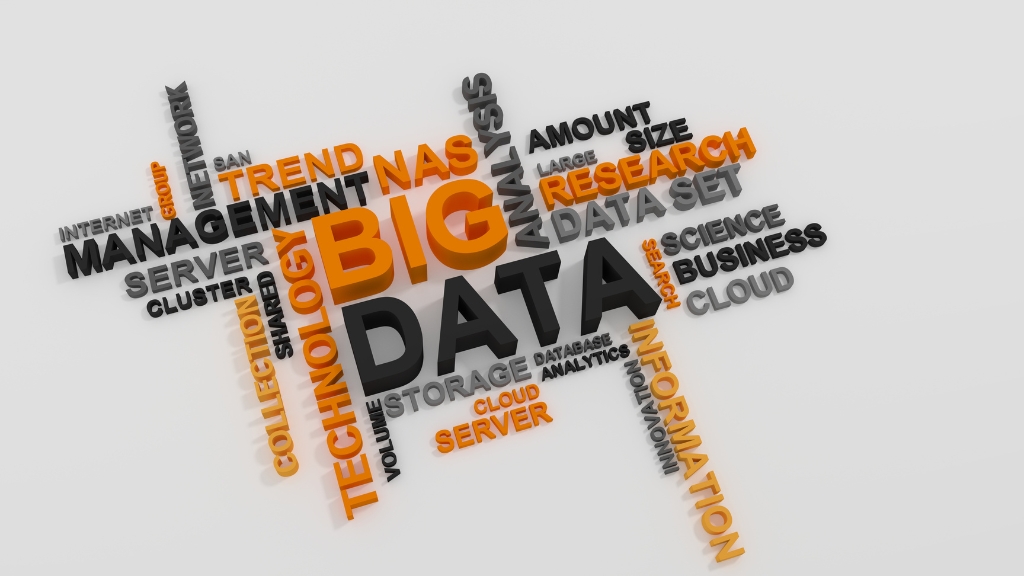
How Business Analytics Can Revolutionize Nonprofits' Performance
Introduction
In today’s highly competitive landscape, nonprofits face numerous challenges in achieving their goals and maximizing their impact. To overcome these hurdles, organizations must adopt innovative strategies and leverage the power of data. This comprehensive guide explores the transformative potential of business analytics for nonprofits, offering invaluable insights and actionable advice to enhance their performance and drive meaningful change.
Why Business Analytics Matters for Nonprofits
Nonprofits operate in a dynamic environment where resources are often limited, and the need to make informed decisions is paramount. Business analytics, the systematic exploration and analysis of data, equips nonprofits with the tools they need to gain deeper insights into their operations, optimize processes, and make data-driven decisions. By harnessing the power of business analytics, nonprofits can unlock a multitude of benefits, including:
1. Enhanced Decision-Making
Business analytics empowers nonprofits to make more accurate, evidence-based decisions. By analyzing historical and real-time data, organizations can identify trends, patterns, and correlations that provide valuable guidance for strategic planning, resource allocation, and program development. This data-driven approach ensures that decisions are aligned with organizational objectives and have a higher likelihood of success.
2. Improved Operational Efficiency
Nonprofits can optimize their operational efficiency through business analytics. By analyzing data related to internal processes, fundraising efforts, and stakeholder engagement, organizations can identify bottlenecks, streamline workflows, and enhance productivity. These insights enable nonprofits to allocate resources effectively, reduce costs, and focus on initiatives that yield the greatest impact.
3. Enhanced Donor Engagement
Donor engagement is vital for the sustainability and growth of nonprofits. Business analytics enables organizations to understand donor behavior, preferences, and motivations. By leveraging this knowledge, nonprofits can personalize their communication, tailor fundraising campaigns, and cultivate deeper connections with their supporters. This data-driven approach enhances donor satisfaction, retention, and ultimately, fundraising success.
4. Impactful Program Evaluation
Business analytics empowers nonprofits to measure and evaluate the impact of their programs and initiatives. By collecting and analyzing relevant data, organizations can assess the effectiveness of their interventions, identify areas for improvement, and demonstrate their value to stakeholders. This data-driven approach not only enhances program outcomes but also strengthens accountability and transparency.
Implementing Business Analytics in Nonprofits
While the benefits of business analytics for nonprofits are clear, implementing an effective analytics strategy requires careful planning and execution. Here are key steps to consider:
1. Defining Objectives and Key Metrics
Before embarking on a business analytics journey, nonprofits must clearly define their objectives and identify the key metrics they will use to measure success. Whether it’s increasing donor retention rates, optimizing program outcomes, or improving operational efficiency, setting specific, measurable goals is essential.
2. Data Collection and Integration
To leverage the power of business analytics, nonprofits need to collect and integrate relevant data from various sources. This may include donor databases, program management systems, financial records, and social media platforms. By centralizing and organizing this data, organizations can gain a comprehensive view of their operations and unlock valuable insights.
3. Data Analysis and Visualization
Once the data is collected, nonprofits can employ various analytical techniques to derive meaningful insights. Statistical analysis, predictive modeling, and data visualization tools can all contribute to a deeper understanding of organizational performance. These insights can be presented in visually appealing and easy-to-understand formats, such as charts, graphs, and dashboards, to facilitate decision-making and communication.
4. Building Analytical Capabilities
Nonprofits should invest in building analytical capabilities within their teams. This may involve hiring data analysts, partnering with experts, or providing training to existing staff members. By nurturing a data-driven culture and ensuring that employees possess the necessary skills, organizations can harness the full potential of business analytics. Training programs, workshops, and continuous learning initiatives can help staff members develop proficiency in data analysis, interpretation, and application. Additionally, nonprofits can establish cross-functional teams to facilitate collaboration and knowledge-sharing, fostering a culture of innovation and data-driven decision-making.
Ensuring Data Security and Privacy
As nonprofits collect and analyze sensitive data, ensuring data security and privacy is of utmost importance. Organizations must comply with relevant regulations, such as the General Data Protection Regulation (GDPR) or the California Consumer Privacy Act (CCPA), and implement robust data protection measures. This includes secure data storage, access controls, encryption, and regular data backups. By safeguarding data integrity and privacy, nonprofits can build trust with their stakeholders and mitigate the risk of data breaches.
Case Study: XYZ Nonprofit Organization
To illustrate the transformative power of business analytics for nonprofits, let’s examine the case of XYZ Nonprofit Organization. XYZ embarked on a journey to leverage data analytics to enhance their programs and operations. By adopting a comprehensive analytics strategy, XYZ achieved remarkable outcomes, including:
1. Improved Program Outcomes
Through data analysis, XYZ identified key performance indicators (KPIs) for their programs and evaluated their impact. By monitoring these KPIs and implementing targeted interventions, XYZ witnessed a significant improvement in program outcomes. The data-driven approach enabled XYZ to allocate resources strategically, focus on effective interventions, and deliver measurable results.
2. Enhanced Donor Engagement
Using donor data analytics, XYZ gained a deep understanding of their supporters’ preferences and behavior. By personalizing communication, segmenting donors based on their interests, and implementing tailored fundraising campaigns, XYZ experienced a substantial increase in donor engagement and retention. This resulted in sustainable funding streams and strengthened relationships with their donor base.
3. Streamlined Operations
Through process analysis and optimization, XYZ identified inefficiencies in their internal workflows. By leveraging data-driven insights, XYZ streamlined their operations, reduced administrative burdens, and improved overall efficiency. This enabled the organization to reallocate resources to areas of high impact and achieve cost savings, maximizing their ability to serve their mission.
Conclusion
Business analytics holds immense potential for nonprofits seeking to revolutionize their performance and maximize their impact. By embracing data-driven decision-making, nonprofits can enhance their decision-making processes, improve operational efficiency, engage donors effectively, and evaluate program outcomes. It is crucial for nonprofits to invest in building analytical capabilities, ensure data security and privacy, and foster a culture of innovation and continuous learning.
Embracing business analytics can transform nonprofits into agile, data-informed organizations, poised to tackle the challenges of the modern world and make a lasting difference in their communities. Through strategic implementation and a commitment to leveraging data, nonprofits can position themselves at the forefront of their field, driving positive change and achieving long-term success.
Diagram:

Note: This diagram illustrates the flow and impact of business analytics on nonprofit organizations, showcasing the interconnectedness of various elements in achieving transformed performance.
Leave a Reply
2 thoughts on “How Business Analytics Can Revolutionize Nonprofits’ Performance”
- AI in Diagnostics: Revolutionizing Early Detection and Accuracy
- How AI and Advanced Analytics Are Transforming Healthcare Outcomes
- Investing with Confidence: The Role of ROI Calculators
- How ROI Calculators Drive Data-Driven Business Strategies
- The Ultimate Guide to ROI Calculators for Business Success
- Making Sense of ROI Calculators: A Comprehensive Guide
- June 2025 (1)
- May 2025 (1)
- October 2024 (2)
- September 2024 (31)
- August 2024 (31)
- July 2024 (27)
- June 2024 (28)
- May 2024 (30)
- April 2024 (33)
- March 2024 (23)
- February 2024 (29)
- January 2024 (3)
- December 2023 (47)
- November 2023 (36)
- October 2023 (23)
- September 2023 (2)
- June 2023 (2)
- May 2023 (13)
- April 2023 (1)





[…] How Business Analytics Can Revolutionize Nonprofits’ Performance […]
[…] How Business Analytics Can Revolutionize Nonprofits’ Performance […]